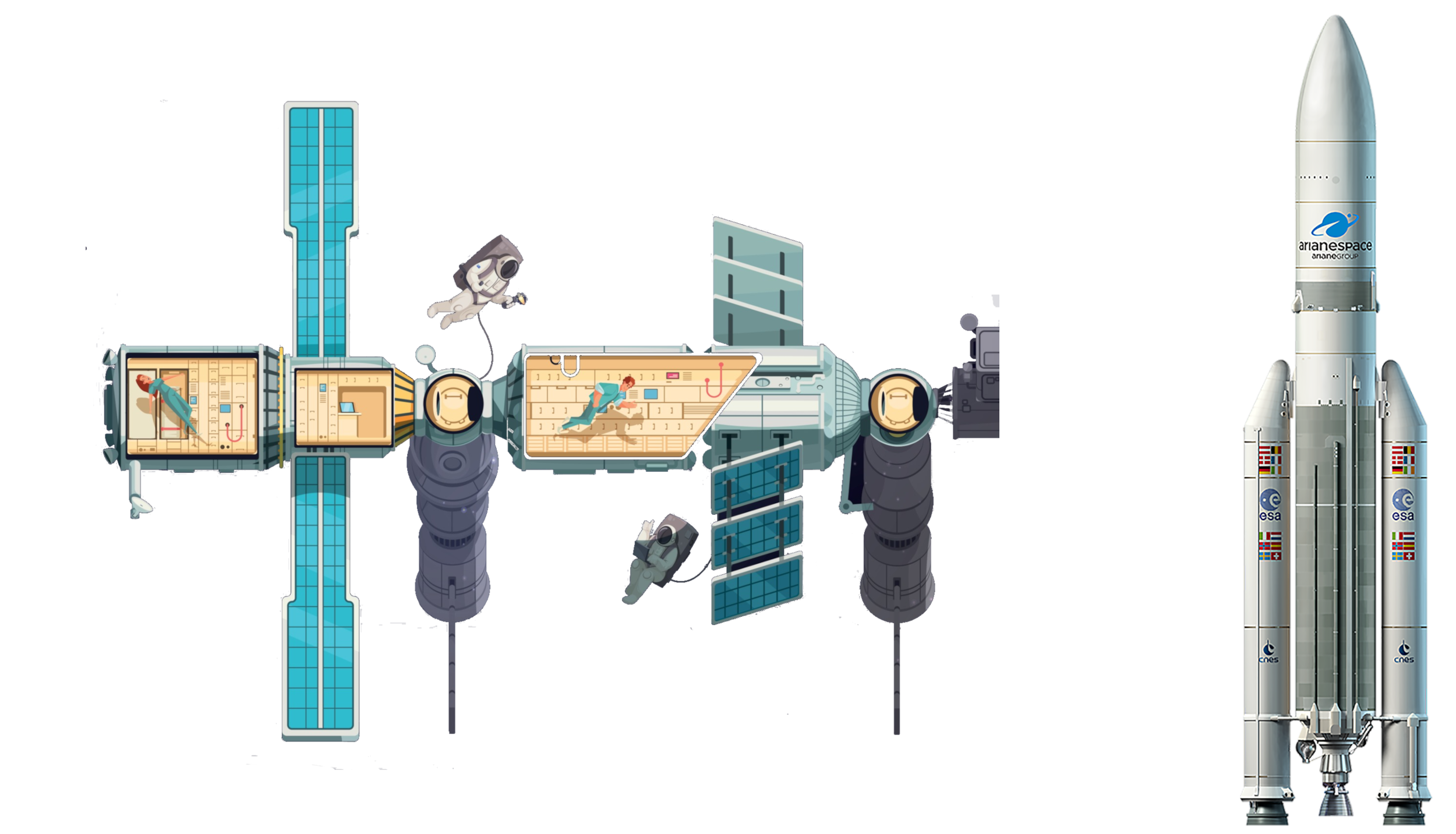
Deutsch-Chinesische Enzyklopädie, 德汉百科
Inertial Confinement Fusion: How to Make a Star
The idea for the National Ignition Facility (NIF) grew out of the decades-long effort to generate fusion burn and gain in the laboratory. Current nuclear power plants, which use fission, or the splitting of atoms to produce energy, have been pumping out electric power for more than 50 years. But achieving nuclear fusion burn and gain has not yet been demonstrated to be viable for electricity production. For fusion burn and gain to occur, a special fuel consisting of the hydrogen isotopes deuterium and tritium must first “ignite.” A primary goal for NIF is to achieve fusion ignition, in which the energy generated from the reaction outstrips the rate at which x-ray radiation losses and electron conduction cool the implosion.

All of the energy of NIF’s 192 beams is directed inside a gold cylinder called a hohlraum, which is about the size of a dime. A tiny capsule inside the hohlraum contains atoms of deuterium (hydrogen with one neutron) and tritium (hydrogen with two neutrons) that fuel the ignition process.
NIF was designed to produce extraordinarily high temperatures and pressures—tens of millions of degrees and pressures many billion times greater than Earth’s atmosphere. These conditions currently exist only in the cores of stars and planets and in nuclear weapons. In a star, strong gravitational pressure sustains the fusion of hydrogen atoms. The light and warmth that we enjoy from the sun, a star 93 million miles away, are reminders of how well the fusion process works and the immense energy it creates.
Replicating the extreme conditions that foster the fusion process has been one of the most demanding scientific challenges of the last half-century. Physicists have pursued a variety of approaches to achieve nuclear fusion in the laboratory and to harness this potential source of unlimited energy for future power plants.
See How ICF Works for a more detailed description of inertial confinement fusion.
Recipe for a Small Star
- Take a hollow, spherical plastic capsule about two millimeters in diameter (about the size of a small pea)
- Fill it with 150 micrograms (less than one-millionth of a pound) of a mixture of deuterium and tritium, the two heavy isotopes of hydrogen.
- Take a laser that for about 20 billionths of a second can generate 500 trillion watts—the equivalent of five million million 100-watt light bulbs.
- Focus all that laser power onto the surface of the capsule.
- Wait ten billionths of a second.
- Result: one miniature star.
In this process the capsule and its deuterium–tritium fuel will be compressed to a density 100 times that of solid lead, and heated to more than 100 million degrees Celsius—hotter than the center of the sun. These conditions are just those required to initiate thermonuclear fusion, the energy source of stars.
By following our recipe, we would make a miniature star that lasts for a tiny fraction of a second. During its brief lifetime, it will produce energy the way the stars and the sun do, by nuclear fusion. Our little star will produce ten to 100 times more energy than we used to ignite it.



 History
History
 N 2000 - 2100 AD
N 2000 - 2100 AD


 IT-Times
IT-Times
 Games industry
Games industry


 IT-Times
IT-Times
 ***Metaverse
***Metaverse

 Science and technology
Science and technology
 Technology concepts
Technology concepts





 Automobile
Automobile
 *Fuel cell vehicle
*Fuel cell vehicle



 Automobile
Automobile
 *Hydrogen propulsion
*Hydrogen propulsion

 Energy resource
Energy resource
 ***Hydrogen Energy
***Hydrogen Energy

 History
History
 N 2000 - 2100 AD
N 2000 - 2100 AD



 Aerospace
Aerospace

 Transport and traffic
Transport and traffic

 Science and technology
Science and technology
 Technology concepts
Technology concepts






 Military, defense and equipment
Military, defense and equipment